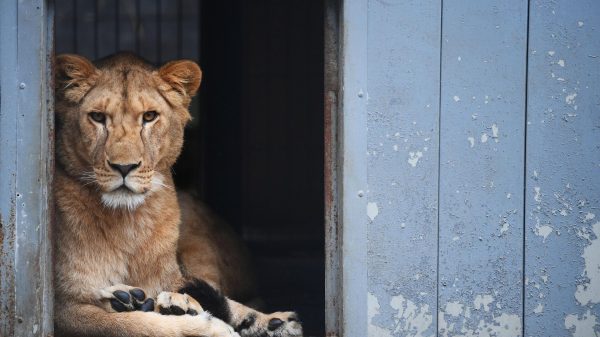Undercuts were used as an unusual form of identification
Cultural traditions are an important factor, as are beauty standards, which vary depending on time and place. A new analysis of the remains of people who lived on the Baltic Sea island of Gotland during the Viking Age about a thousand years ago shows that changes to their bodies strengthened social identity.

Archaeologists Matthias Toplak from the Haitabu Viking Museum and Lukas Kerk from the University of Münster in Germany found that horizontal grooves cut into the teeth may have been a sign of a group of traders. But the only cases found of intentional changes in the shape and lengthening of the skull dating back to the Viking Age still remain a mystery. Such an anomaly was found in three women from the island of Gotland in the Baltic Sea.
“Although both forms of body modification have received widespread attention in other cultural contexts,” the researchers note, “specific manifestations of these practices in Viking Age society are still have not been systematically studied in terms of their social consequences.”
Modifications to the teeth and skull have appeared in various cultures over thousands of years. It has long been known that the Vikings practiced dental modification: the teeth of Viking Age men from what is now Sweden and Denmark were found to have masterfully crafted horizontal grooves that were preserved for centuries.
The largest concentration of remains with filed teeth was found on Gotland, which may indicate that the practice originated there.
Previous research has shown that bodies with filed teeth could belong to a specific group of people. In analyzing the bones of approximately 130 such men, Toplak and Kirk note that the remains were buried in areas known to have been traded, and that all of the individuals with filed teeth appeared to be adult males.
In addition, all of the toothed remains in one Gotlandic cemetery were found in one place, many face down, supporting the possibility that this was the burial site of non-native people who periodically stayed in the city.
“We therefore hypothesize that the custom of filing teeth may have been associated with the trading activities of larger groups of professional traders,” the archaeologists say. “According to this theory, they may have served as a rite of passage and identification mark for a closed group of traders, a kind of precursor to later guilds.”
Although this may have been a distinctive feature of Gotlandic traders, the practice itself was by no means limited this place. Given the differences in the number of teeth filed and the number of lines per tooth, filing of teeth may have had different purposes in different parts of Sweden and Viking Age Denmark.
“The Viking Age society of Gotland used the custom of filing teeth as an internal sign system in their social communication. As the conscious and active choice of adults, predominantly men, we argued that dental filings were primarily intended for endogenous interpersonal communication—members of a particular social group could identify each other,” they conclude.




















































Свежие комментарии